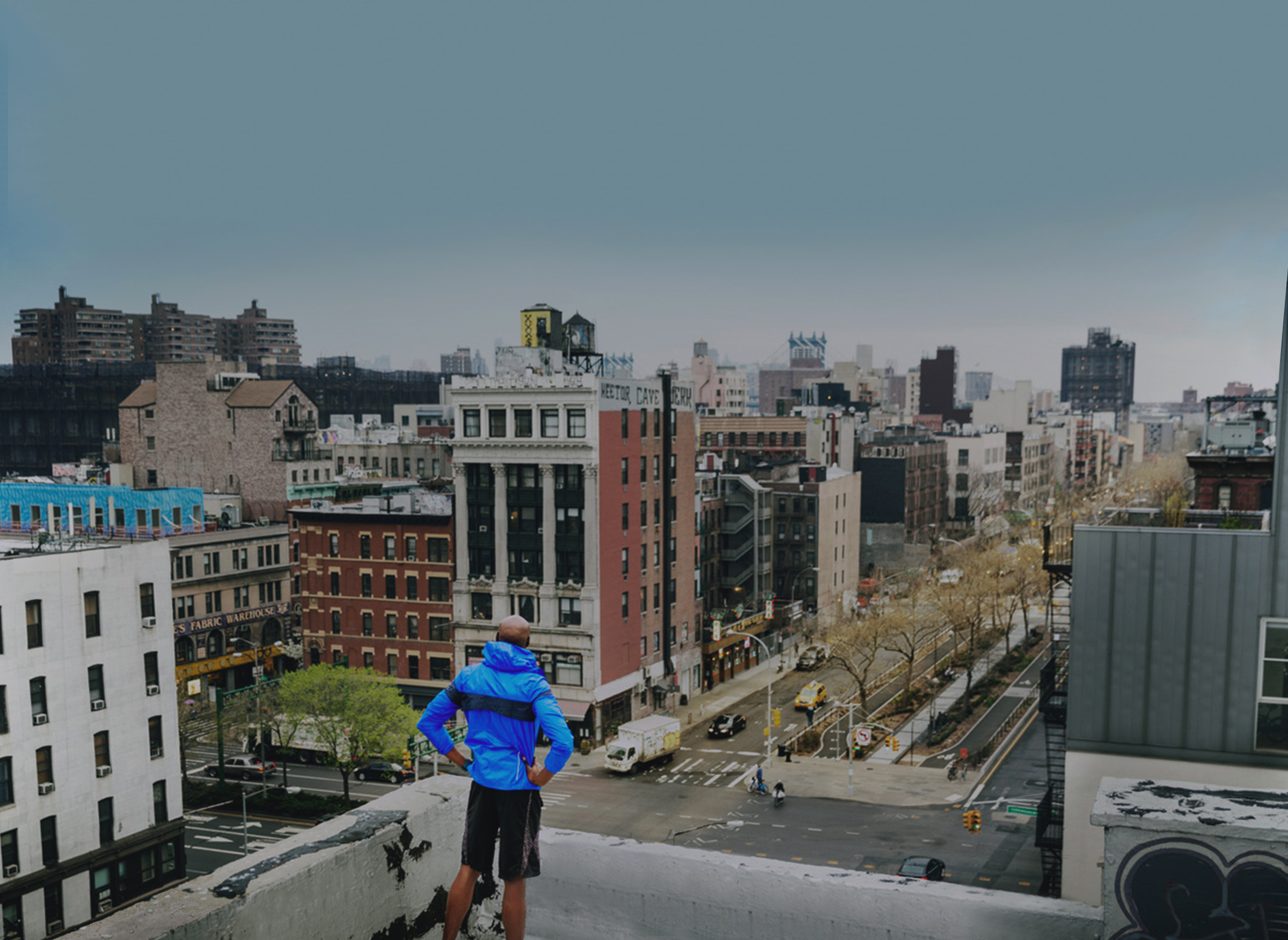SILICON ALLEY RE-ROUTES TO BOROUGHS
The explosive growth of the tech sector has left its footprint in several neighborhoods in New York City.
And with startups now rubbing shoulders with big names such as Facebook, Spotify and Etsy the city’s office markets are feeling the impact.
In 2019 so far, tech leasing in Manhattan has already hit 800,000 s/f, according to Craig Caggiano, Colliers’ executive director for New York Tri-State. Colliers’ numbers show that 2018 saw a total of 3.67 million s/f leased to tech companies and 2017 with 3.69 million s/f.
In Manhattan, the majority of the tech industry has been focused on Midtown South with its older buildings and smaller footprints, Caggiano noted.
“The top 10 largest tech companies in Manhattan all touch down in Midtown South,” Caggiano said. “This wasn’t always the case and if you look at 2003 through 2010, tech leasing in Midtown South was either in the minority or about even with Midtown.”
Starting in 2011, Midtown South captured the majority of tech leases penned throughout Manhattan, with the exception of 2017 where it only achieved 47 percent of tech leases in the borough, according to Caggiano.
This tech boom in Midtown South has caused major waves in the real estate market, especially to the area’s asking rents.
Frank Wallach, senior managing director of Colliers’ New York research group, said the Midtown South’s average asking rent recently hit a record-high of $77.98 psf, topping the borough’s overall average of nearly $77 psf. Wallach added that the discount between Midtown South and Midtown’s $83.18 asking rent was only 6.3 percent, the lowest difference on record.
In more concrete terms, Caggiano said the area has embraced its recent growth by fostering the livability of the area, with its residential sections, new food halls, and increased options of recreational spaces and nightlife. Even office design in Midtown South has been influenced, encouraging more open and flexible work environments to better suit the younger, modern tech companies, he added.
The popularity of Midtown South and its subsequent rise in asking prices have companies looking elsewhere. Wallach said Bryant Park has positioned itself well as a tech hub and recently saw companies like video game publisher Take-Two Interactive move its headquarters space to 1133 Avenue of the Americas.
Companies are also looking at Downtown as a viable alternative — Spotify has swallowed up more than 550,000 s/f at 4 World Trade Center.
But other companies are looking beyond Manhattan and moving into the boroughs like Brooklyn and Queens as an even more affordable option.
In Brooklyn, notable TAMI companies have moved into growing neighborhoods and have had rippled effects on the surrounding neighborhood, according to GFI Realty’s Q1 report.
GFI’s report noted that Vice Media and e-commerce brand Bulletin’s moves into Williamsburg have positioned the area as a young tech hub. As a result of the growth, the area needed to match the new demand spawning 25 Kent Avenue, a 500,000 s/f office, manufacturing and retail complex and 209 Havemeyer Street, a 23-story mixed-use tower that will incorporate the former historic Dime Savings Bank, according to the report.
“It’s hard to overstate the importance of the ‘tech effect’ in making the outer boroughs what they are today,” said Justin Fitzsimmons, a research analyst at GFI Realty.
“Once TAMI companies began to move to Brooklyn, the surrounding areas’ already-robust residential markets truly took off, as new residents were attracted to the new jobs being created and the neighborhood amenities and culture that tech firms foster. As a result, many Brooklyn neighborhoods inadvertently became live-work-play environments, a model that further reinforced investors’ confidence in them.”
Another popular Brooklyn neighborhood, DUMBO, has been home to TAMI companies like advertising agency Big Spaceship and e-commerce site Etsy. Similarly, the neighborhood’s growth has been realized through projects like DUMBO Heights, a five-building office campus, and Front and York at 85 Jay Street, a 732-unit residential tower.
Just across the border into Queens, Long Island City has positioned itself as the premier tech space even after Amazon decided to retract its HQ2 project.
Louis Adler, co-founder and principal of REAL New York, said that they’ve seen a huge surge in tech investment in Long Island City’s commercial spaces.
“Similar to a lot of tech-based neighborhoods, the communities’ tech startups move into will be all-encompassing,” Adler said. “LIC’s commercial real estate investments are really going to ramp up tech adoption in the next few years.”
Adler and Robert Rahmanian, co-founder and principal of Real New York, agreed that LIC being billed as a tech hub would improve the area’s residential options and market overall.
“Already, we’ve seen smart residencies focus on offering built-in LED lighting, voice-activated amenities like speakers and blinds, and virtual doormen; you’re getting a one-stop shop on the technology side,” Adler said.
“More and more, we’re seeing real estate agencies catering to the tech crowd and landlords focusing on smart apartments,” Rahmanian added.
Developers have taken notice too and Ascent Development filed plans in February to build a 20-story condo at 45-31 Davis Street, likely to capitalize on the area’s residential growth.
With the tech sector growing and the real estate industry realizing the benefits it brings, many believe the momentum will continue to affect these now-established tech hub neighborhoods.
“20 years ago, you’d have executives living in the Upper East Side to get to their Midtown offices, but now they’re living in Greenwich, Soho, East Village and there’s a demand among executives and the talent they’re trying to attract,” Caggiano said.




